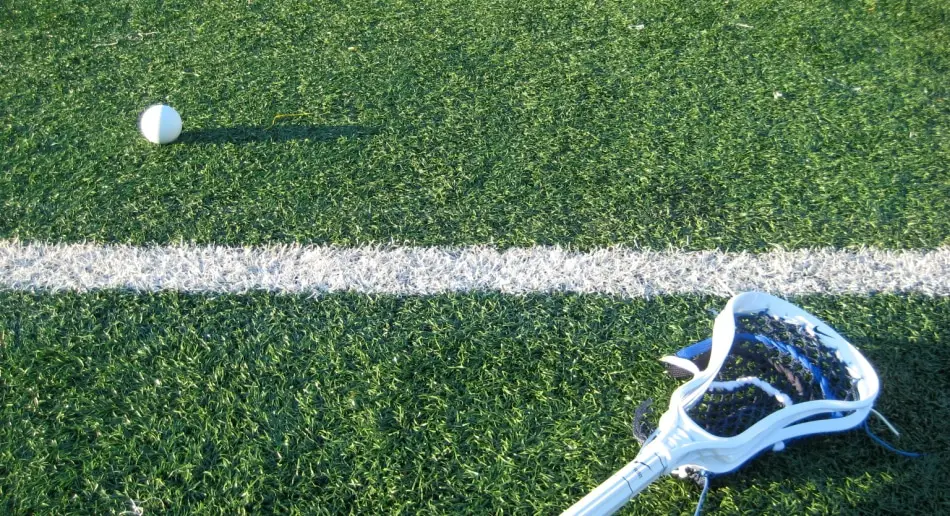Alanna Waters, assistant women’s lacrosse coach at Wheaton College, recently came out as an advocate for safety in lacrosse. Her innovative ideas suggest that lacrosse injuries are common, but entirely preventable. The moderate risk sport causes a variety of injuries. The most common is sprains. Ankle and knee sprains are most often caused when players participate in cutting and dodging. If a player is taught how to correctly perform these actions, he’ll avoid the injury.
Waters is speaking out to the media, hoping her words will help change the sport. According to Waters, small changes in the way a player thinks and acts will help ensure that lacrosse players avoid injuries. In the spirit of Waters philosophies, these strategies for avoiding injury are offered.
Warm Up and Cool Down
“Be sure to warm up and cool down before and after workouts to avoid strains and sprains,” says Alanna Waters in an interview she gave to Indyposted’s Daily Dish.
In lacrosse, warm ups should include stretching to improve flexibility. A dynamic warm up is ideal. This warm up is performed using a variety of stretches that promote movement and agility. These include:
· Quick hops
· Knee grabs
· Ankle grabs
· Side shuffle
· And, many more
Cool down drills will help with recovery and promote a healthy body. In order to avoid post-game injuries, like muscle tightness, perform a cool down drill after each and every practice and game.
Follow the Rules
Lacrosse rules aren’t just for presentation. They’re for safety too. Players are encouraged to always follow the rules, as this helps to ensure accidents don’t occur. For instance, if a player were to avoid the rules and hit an unprotected person, that person could be seriously injured.
Never hit an unprotected person. Always follow the rules and injury will be avoided.
Communicate
Player communication is essential. Players are encouraged to communicate with one another – both on and off the field. Players are also encouraged to communicate with their coaches, parents and trainers. On the field, communication is essential, because it alerts other players as to where you’re going and what you’re doing. This ensures accidents don’t occur when paths cross.
Equip Yourself
Never modify your equipment. Always wear every single piece in the correct way. You may be more comfortable without a mouth piece or a cup, but you’ll regret that when a hard hit comes in and you’re left with an injury.
If your equipment is broken or becoming worn or frayed, it’s important to replace or fix it immediately. Let your parents or coach know that your equipment is in need of some upkeep. If a game is approaching, someone will lend you something to wear.
Do not wear damaged equipment, just so you can play in the game. A serious injury may be permanent, which could result in long-term damage. Long-term damage could mean never playing lacrosse again. Don’t put yourself in that position.
Have a Plan for all Injuries
Coaches, trainers, players and parents are encouraged to know what to do should an injury occur. An emergency medical plan should be in place, to quickly and efficiently take care of any injury that is sustained. Most injuries are preventable, but that won’t stop them from occurring. Something will happen and medical attention will be needed. Make sure you have a plan in place to handle that.
For More Great Chicago Sports Content
Get the latest Chicago sports news, analysis, and breaking stories on the Bears, Bulls, Blackhawks, Cubs, White Sox, Sky, and more! Tap the star to add us to your favorites on Google News, so you never miss a story on your favorite Chicago teams.
Follow us on Twitter at @chicitysports23 for more great content. We appreciate you taking time to read our articles. To interact more with our community and keep up to date on the latest in Chicago sports news, JOIN OUR FREE FACEBOOK GROUP by CLICKING HERE




